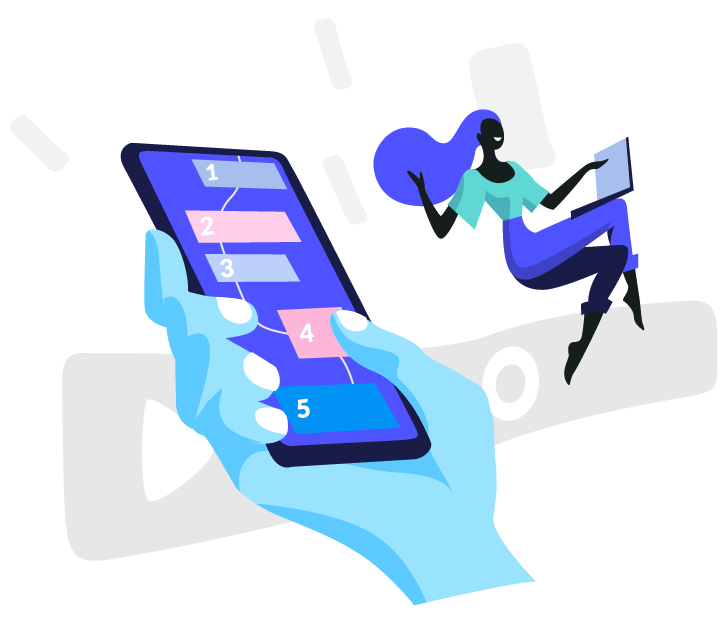Benefits of online learning
Teaching online reduces many of the roadblocks that students may face these days. It is also an efficient way for educators to deliver and extend the lesson plan beyond traditional textbooks by using and providing online resources and tools. Students can attend class from any convenient location of their choice, as online learning can be taught asynchronously. This also eliminates the cost of student transportation, housing or general living costs, as students can attend from anywhere, anytime. All these factors ultimately improve student attendance and engagement, as online and blended learning suits a variety of learning styles.
Differences between online learning & virtual classrooms
Online learning (or ‘e-learning’ as it is often referred to), is internet-based educational courses that can be offered synchronously and/or asynchronously. A virtual classroom for its part is a form of online learning where students attend classes in real time (i.e. synchronously). This means two things:
1. Both students and teachers need to be connected to their virtual classroom tool at the same time to deliver/assist the course (for example: Microsoft Teams, Glowbl, Google Meet, etc.)
2. Teachers need to upload learning content (such as PowerPoint presentations, videos, books, etc.) on a web-based portal like a LMS or a software so the students can prepare for the class and the exams.
Differences between synchronous & asynchronous learning
Synchronous learning
This form of digital learning involves a real-time discussion between teachers and students with two e-learning methods to choose from. A video conference can be set up as a virtual classroom, where students can interact with their teacher and fellow students as spontaneously as in a traditional classroom. The second possibility is live streaming: this method can reach a larger and more dispersed audience. And the teacher can provide the course while being in his class or amphitheatre. Unfortunately (for the most part), spontaneous interaction is not possible.
Asynchronous learning
This form of online learning allows both teachers and students greater flexibility. Basically, when choosing this format, teachers deliver their course in video format (creating quick educational videos addressing one key idea, concept or chapter is the best) for their students to watch or rewatch at their pace whenever and wherever they are. How convenient! What’s more, students organise their time as they wish and spend quality time reviewing videos in order to better prepare for classes or exams. Last but not least, in this format, interaction is highly encouraged!
Depending on the tool, teachers and students may add comments or files on a sidebar, or participate in quizzes for example. Note that asynchronous learning is often part of a hybrid setup (blended learning for example), with theoretical content available online beforehand, in order to prepare for discussion and activities in class on campus.
A variety of e-learning methods
Fixed or linear e-learning
All students receive the same information volume without it being adapted to students’ learning preferences. The content remains in its original state for practical reasons. Similar to a traditional classroom, fixed or linear e-learning methods don’t rely on student input or the use of real-time data.
Adaptive e-learning
As suggested by its name, with this method learning content is adapted or modified depending on each individual's need. Learning can be redesigned to match a student’s performance, goals, abilities and skills. The active learning tool will customise the content to align with the student’s progress.
Collaborative e-learning
A collaborative approach boosts student engagement and ensures better retention of learning content. Why? Because it creates a sense of competitive drive between students, who are encouraged to master the skills and concepts they are learning. It is a collaborative learning environment where students can share and dare to outshine one another.
Hybrid e-learning style
This method involves both face to face classes and distance learning. Most of the time, real time classes are made for teachers and students to discuss a topic previously seen in one of the pre-recorded videos delivered by the professor. In this way, the moments in class are made way more engaging for everyone, thus contributing to content retention! During this time, students can actively interact and questions that have been raised about the learning content can be answered quickly. What is more, real-time discussions expand students’ comprehension and engagement, as a group of learners and/or individually.



